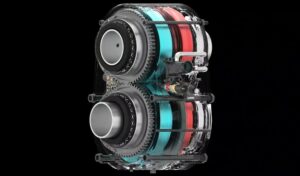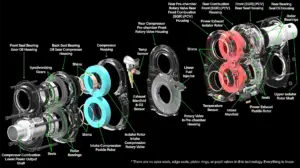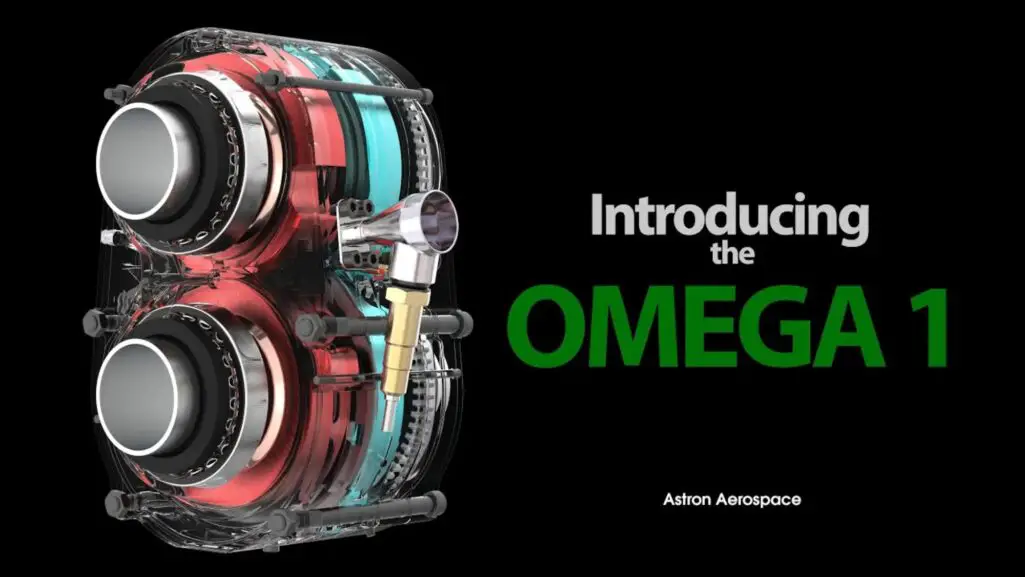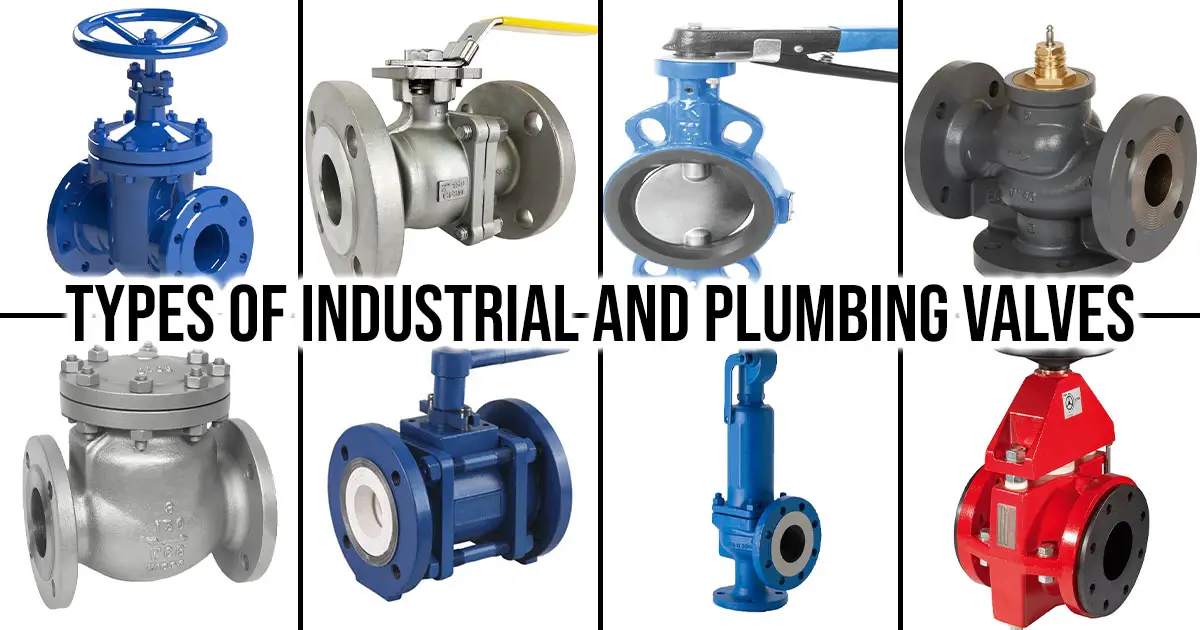The world is gradually transitioning away from using internal combustion engine (ICE) engines, but some manufacturers are trying to repurpose the technology so that it can coexist with climate change needs. In this article, I will introduce you to a new concept internal combustion engine, That is considered clean, efficient, and even compact. Who designed this engine? And how does it work? And what is the technology behind this engine? When will it be implemented in vehicles? I will answer all these questions and more in this article.
Astron Aerospace is an American startup based in Derby, Kansas; it is specialised in Aviation and Aerospace Component Manufacturing. Astron aerospace claims that it Introduces a disruptive, inventive, and revolutionary new engine technology that will fundamentally transform the markets for automobile, aircraft, marine, and recreational vehicle engines.
How much Does the Omega 1 engine generate harmful emissions?

The Omega 1 was intended to function with various fuels, and its developers believe it can run with very little emissions. According to Astron Aerospace’s website, the Omega 1 emits “very low to zero harmful emissions” and is a world changer.
The company claims to have a functional prototype of its engine and that further information will be released soon.
What is the engineering concept behind the Omega 1 engine?
Meanwhile, it has been discovered that, like a Wankel engine, the Omega 1 lacks an offset crankshaft, eccentric shaft, and reciprocating pistons. Unlike Wankel engines, however, the Omega 1 has a pre-chamber coupled to a pair of chambers that separates intake air from the exhaust gas, eliminating the issue of exhaust gas overlap.

What makes Omega 1 a gamechanger?
Reduced friction
Skip fire feature increases efficiency.
The engine’s “skip fire” feature boosts overall efficiency. This feature will literally skip the firing in the engine to tower fuel consumption. For example, while accelerating, the engine fires every rotation, but when cruising at high speed, then the engine will fire when it is needed (per 5,10,50 rotations or whatever is necessary), and the engine can idle at high speed with relatively low fuel usage. With little throttle latency, the computer will increase the firing rate when conditions change, and power is necessary. This can be set for optimal efficiency, power, or a mix, depending on the application.
Active linear power transmission for the first time in the world.
According to Astron Aerospace, all of this makes the Omega 1 the world’s first engine with active linear power transmission. According to the company’s website, “when the Omega 1 engine revolves, all power is delivered through the one revolving power shaft.” The Omega 1 also doesn’t require rota seals, according to the company, because of precise tolerances and such rapid RPMs that there isn’t enough time for the air to leak.
A basic Omega 1 engine weighs only 35 lb (16 kg) and generates 160 horsepower and 170 pound-feet of torque. According to the company, the engineering of their unique engine allows numerous engines to be stacked together to increase power.
The future of omega 1
The Omega 1 engine will positively impact the world by introducing a new type of engine that is more compact, more powerful, and uses significantly less fuel. This will result in a large reduction in the emissions of greenhouse gases while simultaneously enhancing the amount of torque and power that can be packed into such a compact area. In addition to enhancing the performance of all currently used applications, such as transportation and power generation, it will make possible brand-new and fascinating new purposes.





